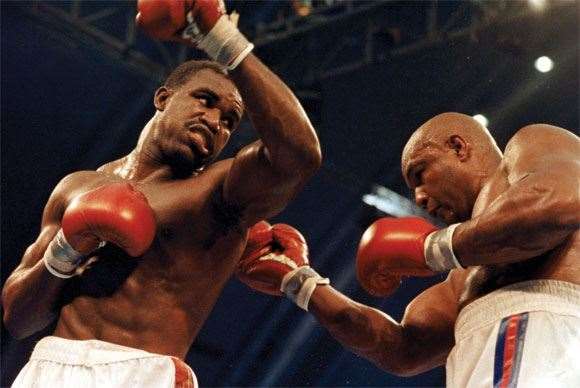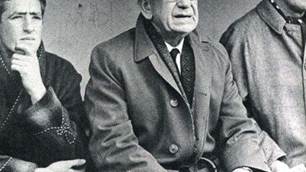Twenty years from now, one suspects we won’t still be awaiting the billion-dollar athlete
Twenty years from now, one suspects we won’t still be awaiting the billion-dollar athlete
From the vantage point of Sports Biz, reading the first issue of Inside Sport from 20 years ago is like listening to your parents talk about the price of bread back in the 1970s. Among the items in the magazine is a reference to Ian Baker-Finch’s haul of US$611,492 for finishing 16th on the US PGA Tour’s money list. Rising basketball big man Mark Bradtke was dreaming of cracking the NBA, which would earn him at the very least the league minimum salary of $200,000. Wallaby Tim Horan was being tempted, in an age-old practice, to leave his quasi-amateur sport for rugby league with a princely $100,000 lure.
 photos by, Getty Images
photos by, Getty ImagesYou know how this goes. In 2011, the 16th-place finisher on the golf tour in the US pulled in $3.4 million. The lowest-paid non-playing benchwarmer in the NBA was on a salary of about $800,000. And in rugby league, the average player share of an NRL team’s salary cap was $172,000 – but Horan probably wouldn’t even be contemplating leaving rugby union at all, as the average Wallaby salary was more than double that.
At risk of verging into the territory of Monty Python’s Four Yorkshiremen sketch (“I was happier then, and I had nothin”), let it be said that those early editions of IS were clear-eyed – the commercial ethos was a bouncer coming at the head of sport and wasn’t going to be hooked away. The magazine was arriving at what was, in retrospect, an inflection point in the timeline of play-for-pay, when at the 1992 Olympics in Barcelona, the five-ring circus cast off amateurism as a principle, laying in rubble at the feet of the United States’ basketball Dream Team, as the Nike men among them discretely covered up Reebok logos while on the medal stand.
Some things don’t seem so different. There was a global recession then, a global recession now. Against that backdrop, the very richest sports stars were already making obscene amounts of money – a comparison of the periods by Forbes noted that Evander Holyfield was the most well-compensated athlete, with his US$60 million in earnings, comparable to the $75 million of sports’ reigning tycoon, Tiger Woods. Boxers back then still put the “prize” in “prizefighter”: Mike Tyson was second-richest, while George Foreman (note: it wasn’t from the grill, that arrived three years later) and Razor Ruddock were also in the top ten.
The changing composition of Forbes’ list over the two decades tells a story. The ranks of boxers and F1 drivers have thinned out, and in their place, the team sports athletes have risen – four of the 20 on the list in 1991 compared to 11 now. Driven by ever-escalating television rights fees, the pay packets in the team games have put the lie to the old notion that individual sports were the gold-laden path.
Media exposure, it seems, is the gift that keeps on giving. A whole new class of devices, applications and social interactions in how
people consume sports promises to keep the money rolling in, to the ultimate reward of its top performers. In the past 20 years, rock and pop stars saw their industry’s economic model turned inside out. Movie stars are nervously watching the same thing slowly happening to them. But sports stardom is proving resilient, as the big game or the match of the day remains one of the few things that can command our attention in real time, and can’t be pirated or knocked off.
Even with the seven-figure benchmarks of yesterday morphing into eight and sometimes nine, there were things you would’ve expected
to happen by now. It’s mildly surprising that no prominent athlete has floated himself or herself on the stock exchange. More realistically, the moment is surely coming when team sport stars seize direct control of their clubs or franchises – taking equity stakes, as it were.
And there will be a time when a news item tells us of a superstar giving up the field of play to go into the far more lucrative world of hedge fund management.
Your columnist was once in a close-quarters media scrum surrounding Tiger Woods when the question was put to the golfer about reports that his wealth had crossed the billion-dollar mark. The look on his face was genuinely incredulous, as Woods replied: “I can assure you it’s not,” only for us to find out later, of course, it wasn’t his finances he was covering up. Twenty years from now, one suspects we won’t still be awaiting the billion-dollar athlete – and when we check back in, won’t it make all those sports salaries today look so small?
‒ Jeff Centenera
Related Articles

Before Barassi, there was Frank "Checker" Hughes

Will our Olympians bounce back at this year's Games?













